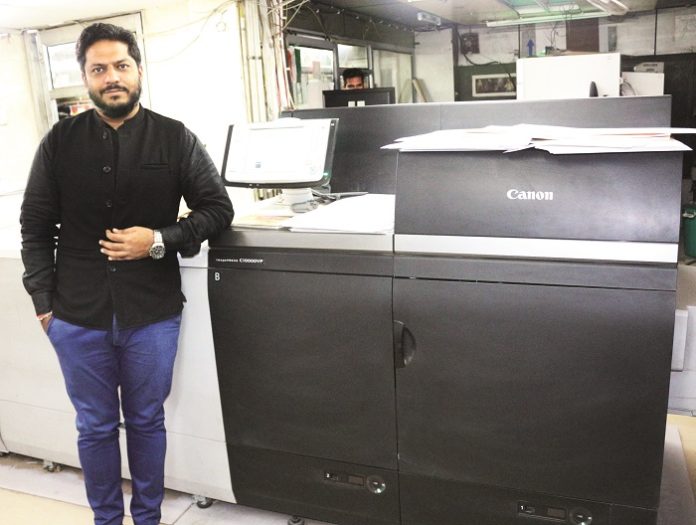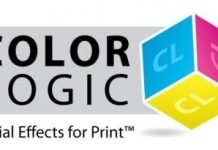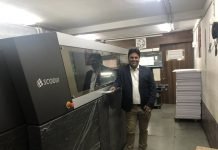
Naraina-based Bharat Photostat has been in the digital commercial printing business for more than 20 years now. Currently in its second generation, Abhishek Nangia, its proprietor comes off as a person who is willing to take calculated risks so as to stay ahead of competition.
The company has invested in a Xerox 1000i and two Canon ImagePress10000VP digital presses in the current calendar year. Nangia says, “In today’s market, you have to create a distinction between yourself and the competition. It is not easy to do business if you don’t innovate since there is always the challenge of cost and pricing. However, to take your game to the next level and to offer your customers a quality which would be hard to match by the competition, you have to invest in newer technology.”
Nangia, for instance, has invested in the latest technology from Canon and Xerox with the objective of giving the best value in terms of quality, speed and quantity. “The 1000i device includes an optional specialty dry ink station that enhances documents with metallic gold or silver dry inks, or applies spot or flood creative effects with clear dry ink. This option of printing in metallic gold or silver colors attracted me towards the 1000i, while the print quality of the Canon 10000VP is better than most of the cutsheet digital color printers in the market. The extra-long size, 13 x 30 inch, was also an added attraction. The click
charge by Canon is one of the best in the industry and is very competitive, which allows me to do a whole amount of jobs on it,” Nangia says.
With other digital presses also in his stable such as a Konica Minolta C1060 and an Epson proofer, the company uses these presses mainly for commercial prints like business cards, invitations, brochures, flyers and others although it is also doing tags for the garment industry currently. Nangia says, “Tags are in demand right now. We have also started printing jobs with metallic colors. Though the volume is small right now, the response we have received is very positive. We expect to receive orders for garment tags requiring metallic colors. Our fully equipped post-press facility is capable of meeting any kind of demands; thus we can be a one-stop solution provider for our customers.”
Demonetization has been the buzzword in the country post 8 November 2016. With a severe cash crunch affecting the whole country, it was not unexpected that the Indian printing market will remain unscathed. Nangia says, “Digital jobbers around the DelhiNCR area have been affected by demonetization. Earlier, in a month I used to print about 2 to 3 lakh sheets. After 8 November, this figure has come down by half. It has not been an easy period for a printer like me. However, I am still hopeful that this measure will help the country and the industry in the long term. But, growth-wise, it would be very difficult.
By March or April 2017, if this situation improves or recovers to at least the pre-demonetization figures, then I would be more than happy.”
Nangia visited drupa 2016 and was quite impressed with the digital inkjet presses on show. He says, “The technology on show was top quality like nano technology from Landa or the KM-1 from Konica Minolta. However, the feasibility of such a press in India is still doubtful. For me, the dream project is to own an HP Indigo press someday. I am hopeful that some day I will be able to create innovative jobs on my dream machine.”

















